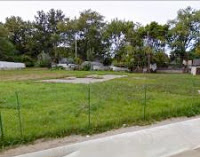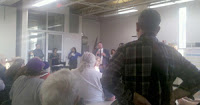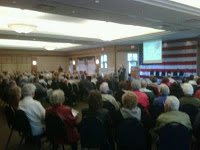
“To pave, or not to pave.” Is it a question?
Posted by Jared Shepherd
- 3323 Views
- May 3rd, 2011
- in Miscellaneous
- No Comments
A recent Facebook post raised a question from a resident regarding land use, specifically as it relates to vacant land and stormwater management. Last week, our Watershed Programs department took a few moments to explain what role the Sewer District might play in the future when it comes to vacant land and greenspace.
“Will land use be in NEORSD’s purview or not? Can we find incentives for communities to retain green space instead of paving it and building on it?”
Thanks for your question! First, let’s explain that we cannot tell communities what to do regarding land-use decisions. We can, however, provide the type of watershed based planning, modeling and technical support needed to make better land-use decisions for our region.
Within our context, “better decisions” means those that take into account the implications of land-use changes on flooding, erosion, and water quality problems and infrastructure. And that refers to impacts both inside and outside of any one community’s borders.
Four components of the Regional Stormwater Management Program specifically address your concerns:
1. THE FEE: The first is the Stormwater Fee itself. The fee is based on the amount of impervious surface on a given parcel. For the first time in our region, parking lots, roof tops, and other hard surfaces will have a direct cost. The easiest way to avoid this direct cost is not build, or to minimize or remove, impervious surfaces or to concentrate uses within existing impervious surfaces.
2. THE CREDITS: The second component of our program is the Stormwater Fee Credit. These credits can be obtained through complex stormwater control measures or through simpler practices such as directing drainage from impervious surfaces into wetlands, fields, and other open spaces.
3. THE PLANNING: The third component of our program that addresses your questions is the Watershed Master Planning we will do for each watershed within our surface area. This planing will identify and develop solutions for stormwater management problems. It will also look at the role of soils, wetlands, floodplains, riparian areas, etc. in addressing current and limiting new problems within a particular watershed.
4. OUR SUPPORT: The fourth component is our support–both funding and technical advice–for open-space preservation and restoration projects undertaken by non-profits such as watershed organizations and land conservancies. We have assisted many of these organizations with permanently preserving important open spaces and will continue to do that under the Regional Stormwater Management Program.


